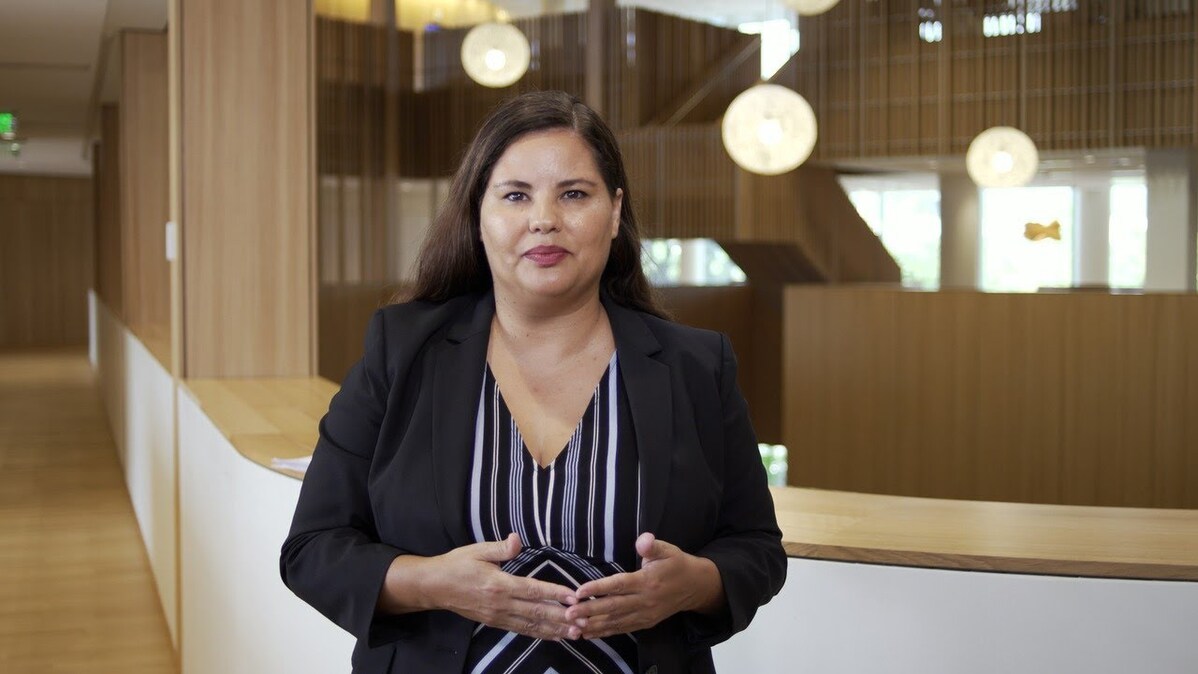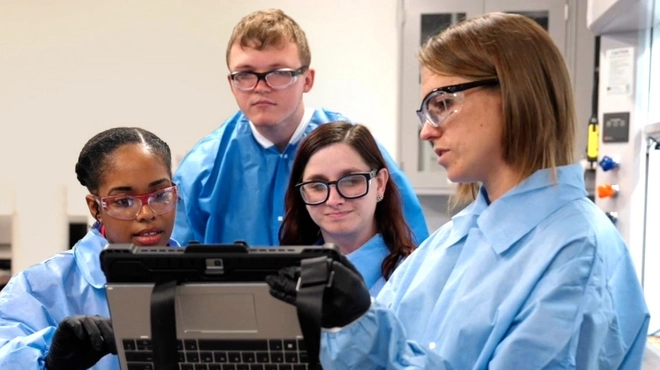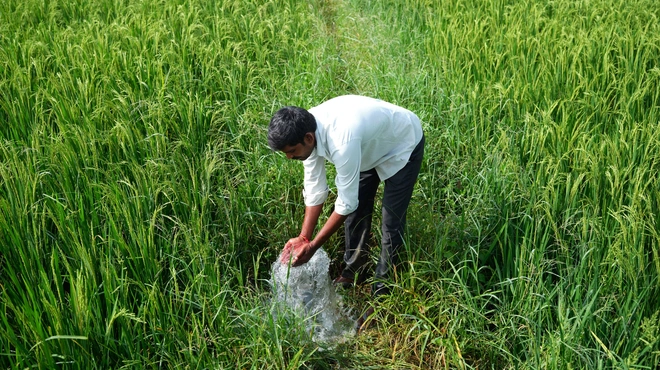There’s a misconception about drug hunting that can mask one of the biggest challenges chemists face as they develop new therapies. As Karin Briner, the Head of Global Discovery Chemistry at Novartis Institutes of BioMedical Research (NIBR), explains: “We are not just discoverers. We actually create molecules that have never been made before.”
To develop first-of-their-kind medicines for diseases for which there are no treatments, drug hunters typically have to create new drugs from scratch. It’s a laborious process that involves building and testing thousands of experimental compounds en route to finding even one that’s effective and safe enough to be tried in humans.
In these early stages of drug discovery, chemists have to design and synthesize molecules with specific properties in mind. They need to work well against a desired biological target (usually a key protein suspected of contributing to the disease), and also possess other attributes like being soluble and tolerated well in the human body.
Each new set of potential medicines is tested in a series of experiments to assess these attributes. From the resulting data, scientists learn which of the synthesized molecules are the most promising, and then set out to design the next round of new, better-optimized compounds based on what they’ve learned.
 VIDEO
VIDEO
This oft-repeated “design, make, test, analyze” cycle takes several years, but there’s good reason to think AI –artificial intelligence –can help make the process substantially more efficient.
The iterative learning inherent in the drug development process lends itself to AI approaches. The hope is that AI, specifically machine learning, will help accelerate this cycle and help us select the most promising compounds more efficiently.
Karin Briner, Head of Global Discovery Chemistry at Novartis Institutes of BioMedical Research (NIBR)
That’s why, two years ago, Novartis embarked on a collaboration with Microsoft, a leader in the field of machine learning, to leverage game-changing digital technologies to help bring medicines to patients faster.It’s a relationship that’s produced a digitally-charged “prototype” Generative Chemistry pipeline that has already been applied to a diverse set of medicinal chemistry projects—some of which are starting to bear fruit.
Merging technological transformations
Over the past few decades, two separate technological threads have evolved. One involves technologies that enable scientists to collect massive amounts of data in the field of medicine and biology – advances in such areas as genomic sequencing, protein science, and structural biology, where imaging is making it possible to see what’s happening at the molecular level with unprecedented resolution. The other thread relates to AI and machine learning, which empowers computational scientists to make sense of vast volumes of data that would otherwise be too unwieldy for human analysis. In drug discovery, these threads have started to converge.
On the biomedical front, Novartis has amassed vast data stores of information from hundreds of thousands of experiments conducted over the span of decades. These data contain clues about the properties of countless compounds and how they might interact with various drug targets, and even each other.
The challenge lies in harnessing this massive amount of data to learn across modalities and generate insights that are meaningful and actionable in each new drug discovery challenge.
Iya Khalil, Global Head of the AI Innovation Center at Novartis
Enter Microsoft and its computational expertise.
“The computational power you need to model, say, a drug entering the body and binding with a protein to cure a disease, is mind-boggling,” says Chris Bishop, Lab Director, Microsoft Research Europe. “That’s where machine learning comes in. While a human can design and run one or maybe a handful of experiments, interpret the results, and then cycle back to design the next experiment, this pipeline—with the help of machine learning—can simulate thousands of experiments and analyze thousands of variables simultaneously.”
For the machine learning to be useful of course, it has to be trained. The existing data from Novartis are one exploratory space for training. Ongoing simulations run through the experimental, Generative Chemistry pipeline are another.
“Not only can AI learn from our past experiments,” Khalil says, “but, with each new iteration of designing and testing in the lab, the machine learning algorithms can identify new patterns and help guide the early drug discovery and development process. Hopefully in doing this we can augment our human scientists’ expertise so they can design better molecules faster.” With the first optimized molecules generated by this experimental pipeline now being synthesized in the lab, our scientists are learning more about the behavior of specific algorithms and how best to integrate them with our human intelligence. In appropriately iterative fashion, the pipeline is being tweaked accordingly.
The hope is that, once sufficiently refined, the computer models will help predict molecular structures or reveal which experimental parameters might be most useful in a given scenario relatively quickly— essentially short-cutting an iterative cycle that would otherwise have taken years.
Augmenting expertise
Those involved in the collaboration emphasize that machine learning won’t replace the expertise, experience, and intuition of scientists. Rather, AI is expected to augment human know-how. The goal is to minimize the long and sometimes tedious effort involved in finding and analyzing relevant data, and to facilitate a sort of give-and-take between human researchers and the AI. Additionally, those behind the collaboration expect that machine learning might help predict which formulation designs have the best potential for being effective, or reveal which experimental parameters are most useful in specific drug development scenarios.
“AI helps researchers to quickly access valuable evidence buried in dense text, images, tables and charts across multiple documents and reason over it as easily as using Excel,” says Vijay Mital, Corporate Vice President of AI Architecture and Strategy, Microsoft Research. “It empowers experts to make learning-based decisions using all of the company’s, and the wider world’s, relevant unstructured information.”
All of that will hopefully lead to a faster, more efficient drug discovery pipeline.
 VIDEO
VIDEO
But to maximize the benefits of AI in drug discovery, it will have to be made available across research programs. To that end, Novartis has also been working with Microsoft to make the tools accessible to researchers who may have limited experience with computers.
It’s important that we democratize AI drug development to bring the power of AI into the hands of as many researchers and medical doctors as possible, so that these powerful technologies can be leveraged to solve problems in medicine.
Luca Finelli, Head of the Insights Strategy & Design team involved in the project at Novartis



